-
main-collection-product-grid
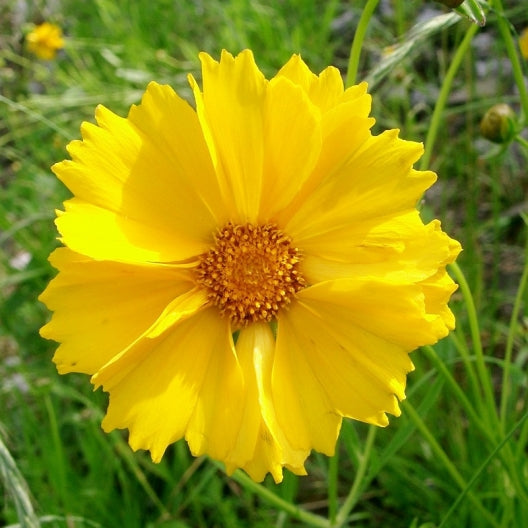
Lance-Leaf Coreopsis Seeds
This perennial's yellow blooms attract butterflies and birdsLance-Leaf Coreopsis Seeds
This perennial's yellow blooms attract butterflies and birdsRegular price As Low As $4.49Regular priceUnit price per -
main-collection-product-grid
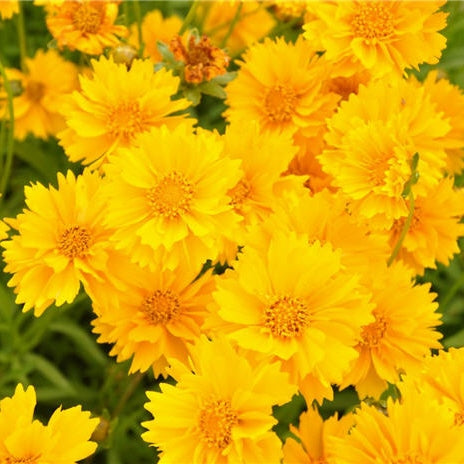
Lance-Leaf Coreopsis Seeds - Sunburst
These fluffy golden flowers seem to radiate warmthLance-Leaf Coreopsis Seeds - Sunburst
These fluffy golden flowers seem to radiate warmthRegular price As Low As $4.79Regular priceUnit price per -
main-collection-product-grid

Plains Coreopsis Seeds
Also called tickseed, this wildflower boasts brilliant bicolored bloomsPlains Coreopsis Seeds
Also called tickseed, this wildflower boasts brilliant bicolored bloomsRegular price As Low As $4.49Regular priceUnit price per -
main-collection-product-grid
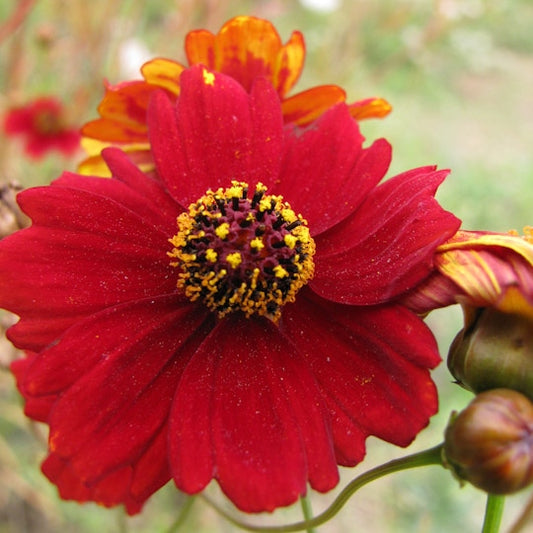
Plains Coreopsis Seeds - Tall Red
This hardy heirloom annual tolerates the poorest native soilsPlains Coreopsis Seeds - Tall Red
This hardy heirloom annual tolerates the poorest native soilsRegular price As Low As $4.49Regular priceUnit price per -
main-collection-product-grid
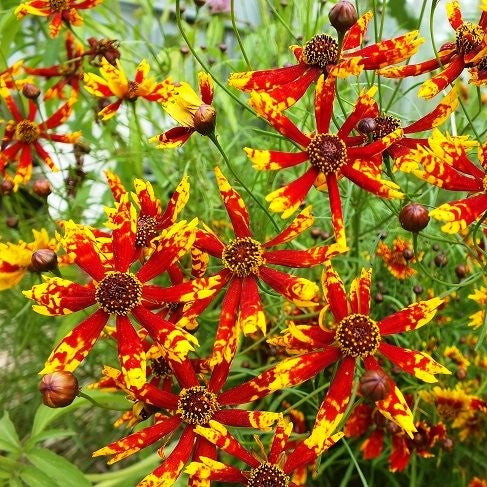
Coreopsis Seeds - Radiana Tigrina
Exotic dovetailed petals that look bathed in dappled sunlightCoreopsis Seeds - Radiana Tigrina
Exotic dovetailed petals that look bathed in dappled sunlightRegular price As Low As $4.79Regular priceUnit price per -
main-collection-product-grid
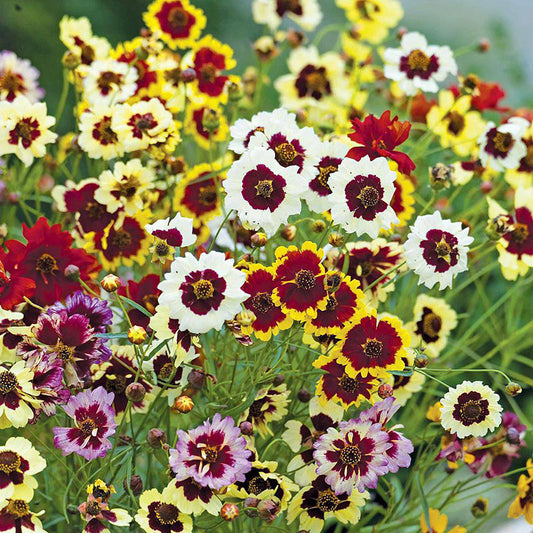
Coreopsis Seeds - Incredible Dwarf Mix
Multicolored blooms are extremely low-maintenance and almost too perfect to be realOut of StockCoreopsis Seeds - Incredible Dwarf Mix
Multicolored blooms are extremely low-maintenance and almost too perfect to be realRegular price $6.29Regular priceUnit price per -
main-collection-product-grid
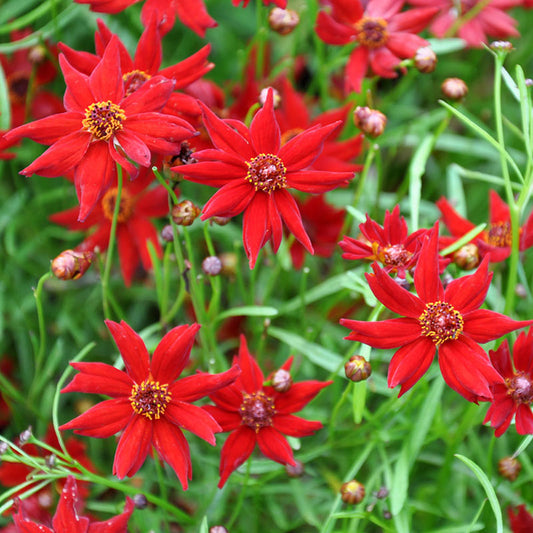
Coreopsis Seeds - Amulet
Let these scarlet star-shaped blooms be your garden talismanCoreopsis Seeds - Amulet
Let these scarlet star-shaped blooms be your garden talismanRegular price As Low As $4.79Regular priceUnit price per -
main-collection-product-grid
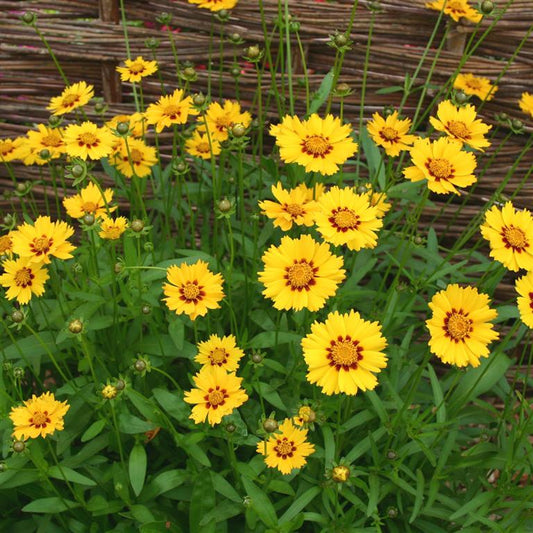
Coreopsis Seeds - Sterntaler
A compact plant that brightens up any container gardenCoreopsis Seeds - Sterntaler
A compact plant that brightens up any container gardenRegular price As Low As $4.49Regular priceUnit price per -
main-collection-product-grid
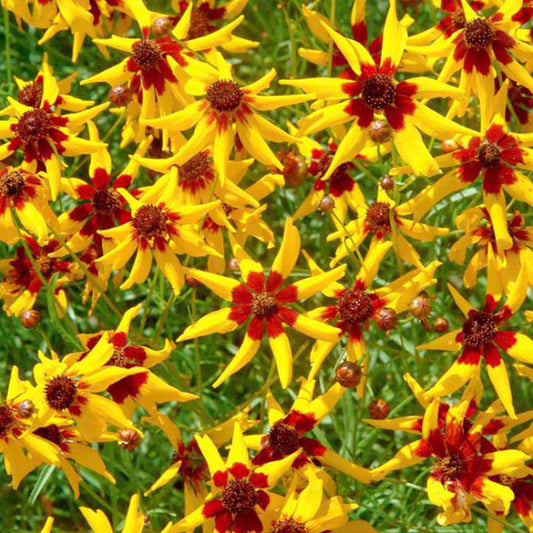
Coreopsis Seeds - Mardi Gras
Festive star-shaped blooms are as easy to grow as they are to enjoyCoreopsis Seeds - Mardi Gras
Festive star-shaped blooms are as easy to grow as they are to enjoyRegular price $6.09Regular priceUnit price per -
main-collection-product-grid
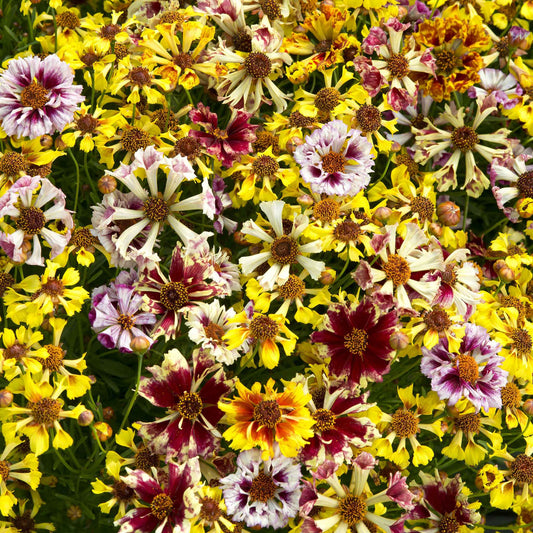
Coreopsis Seeds - Incredible Sea Shells Mix
Coreopsis hybridaCoreopsis Seeds - Incredible Sea Shells Mix
Coreopsis hybridaRegular price $5.95Regular priceUnit price per
Planting the best coreopsis seeds
- 10 coreopsis seed varieties
- Perennial native to North America
- Pollinator attractor with long-lasting spring blooms
- Thrives in full sun or partially shaded areas
Learn about Coreopsis Seed
A common name for coreopsis is tickseed, because at first glance the seeds resemble ticks. The name coreopsis comes from the Greek words, koris (meaning bedbug) and opsis (meaning view). This refers to the shape of the plant's dry fruit. Just to be clear, coreopsis' nickname comes from the visual comparison only and rest assured, this floral species does not attract ticks. It does however attract pollinators like bees and hummingbirds!
Coreopsis forms upright clumps of showy flower heads, and is native to North, central, and South America. It's even the state wildflower of Florida! This species is low maintenance, drought tolerant, long blooming, and rugged. You'll most commonly find these blooms on roadsides, fields, and gardens throughout the spring and summer. Additionally, starting your own coreopsis plants requires little maintenance and you can expect them to bloom during their first growing season! Coreopsis is drought tolerant and poor soil tolerant, as well as deer resistant and rabbit resistant!
Coreopsis Planting Information
Start coreopsis seeds indoors six to eight weeks before the last spring frost, or sow directly into your garden after all threats of frost have passed. Coreopsis thrives in dry to medium moisture, well-drained soils with full sun exposure. Sow the seeds and cover lightly, as coreopsis requires sunlight to germinate properly. Seeds will germinate within 21 to 28 days.
When sowing outdoors or when transplanting seedlings outdoors, space the plants approximately eight to twelve inches apart. Coreopsis plants will reach full maturity about 60 to 90 days after seeds are sown. Be sure to water regularly and sow additional seeds every few weeks for more continuous blooms.
Cut back coreopsis plants in the summer if the foliage becomes unkempt. You may also deadhead spent flowers to encourage additional blooming and prevent unwanted self-seeding. Once your coreopsis plants are established in the garden, divide clumps every two to three years.
Companion Plants for Coreopsis
Some companion plants for coreopsis include salvia, daisies, lilies, gayfeather, and coneflowers! These beauties thrive in beds or borders, as groundcover, in cut-flower gardens, and in container gardens.
For more information about planting, growing, and caring for coreopsis flower seed, see the Coreopsis Seeds Planting Guide.









